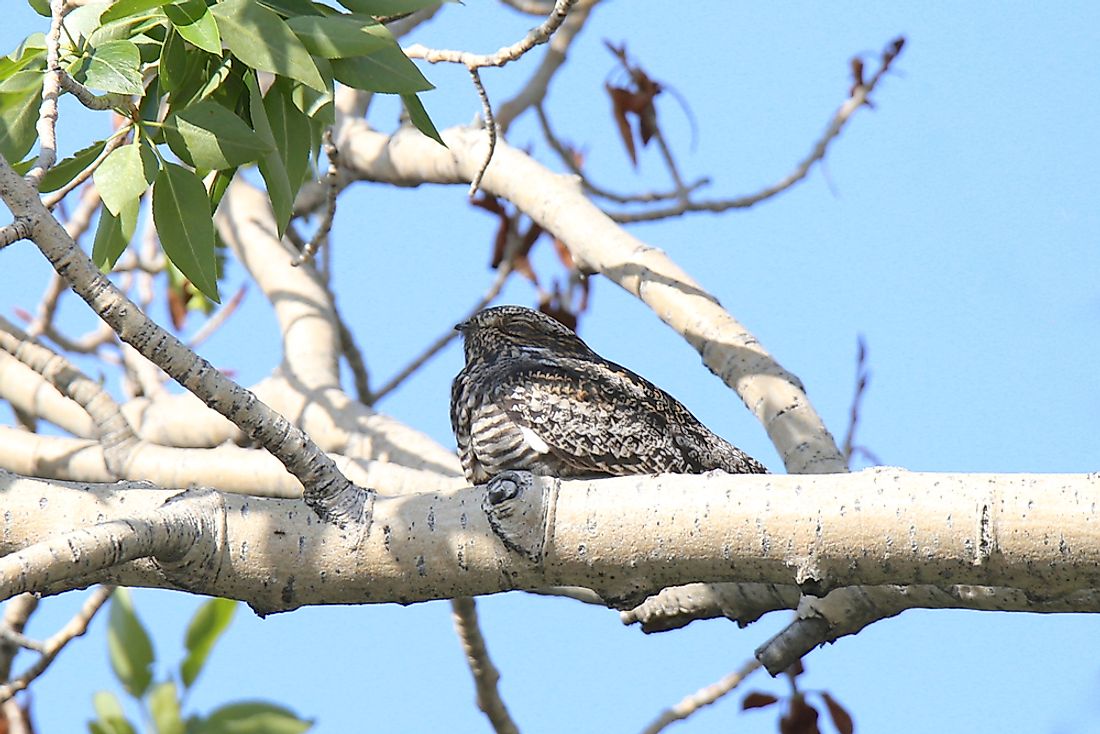What Is Torpor?

What Is Torpor?
Torpor refers to a state where the bodily activities and functions of an animal reduce usually through things like lower metabolic rates and lower body temperatures. The word can mean the period when hibernating animals spend weeks or months in a state of low body temperature or a short period of lower body temperature (less than 24 hours). This period is usually crucial as it helps an animal conserve its energy during periods when food is scarce. Several animals undergo this process including birds, mammals, rodents, and many others. Usually, this state occurs during the night when the animal has spent the day at normal physiological levels to look for food.
Torpor is most likely a consequence of homeothermy, which is the ability of an animal to maintain a certain body temperature regardless of the ambient conditions. The ability of an animal to maintain certain internal temperatures gives that animal an evolutionary advantage over those that are constrained by the surrounding temperatures. Ectotherms have an evolutionary advantage over smaller birds and mammals since they are capable of maintaining normal body temperatures without expending too much energy.
When Does Torpor Occur?
Animals that enter this state for longer periods go through either hibernation or aestivation. The difference between these two types of animals is that the former goes into torpor during winter while the latter does so in the summer. Daily torpor, which lasts for less than 24 hours, is not dependent on the season. Such animals can go into a state of torpor at any time of the year in order to conserve energy. Torpor is not a state where an animal simply switches off its systems of heat regulation. Instead, it is a state where these heat regulation processes are well controlled.
Importance of Torpor
The primary importance of this process is the conservation of resources when food is scarce. However, the process has other functions as well. One of the other functions is the conservation of fat for smaller birds. Migrant birds, such as hummingbirds, enter the state at night in order to conserve the fat reserves for migration, which also helps in increasing the fat levels. Another example is that of wintering chickadees, which have the ability to conserve about 30% of their fat reserves collected from the previous day.
For animals in places where the food supply is unpredictable, torpor is a massive advantage. For example, some animals employ this strategy during their reproductive cycles so that they can survive. In times when food is plentiful, their physiological functions go back to normal levels. The disadvantage of this technique is that the cycle is longer but the survival chances of the animal and the offspring increase.
Another use of torpor is the provision of an advantage among species in competition for the same resources. By increasing their bodily functions, an animal can have higher fitness levels than competitors. Some scientists have suggested that the ability to reduce energy needs has helped some animals to survive harsh conditions that have caused mass extinctions in the past. Lastly, bats that can enter torpor have an advantage as their parasites produce at lower rates compared to those that do not enter torpor.











